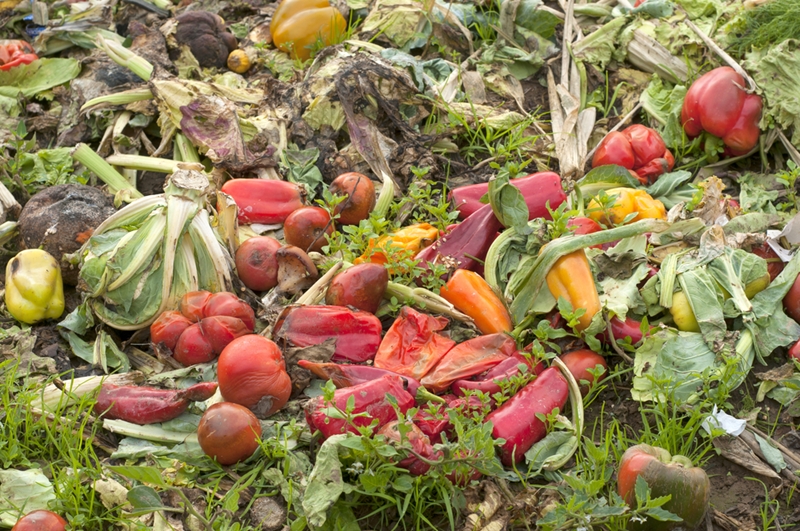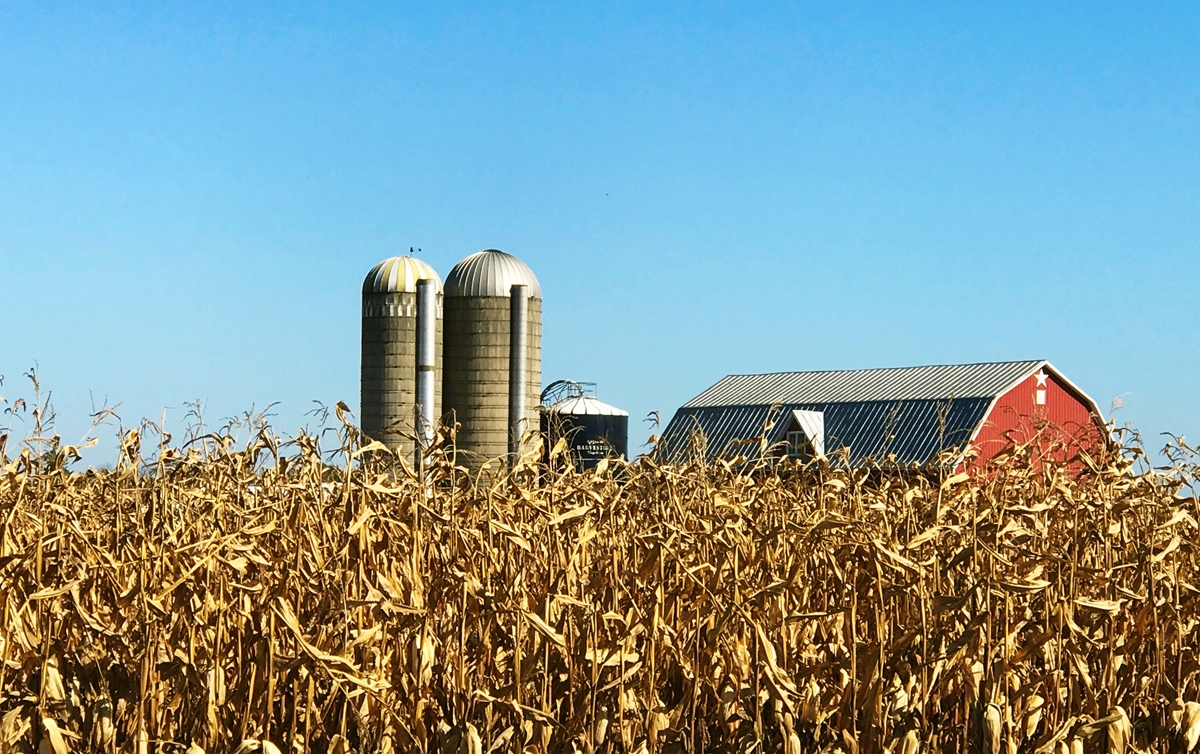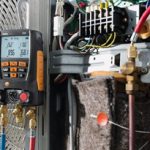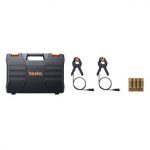Recent years have seen an increase in demand for Australian agricultural products from other countries, according to a recent study by Ken Research. This has in turn led to a rise in the country’s agricultural exports. And while this is good news for Australian agriculture, this additional demand also means the demand for cold chain logistics is on the rise. It’s important for operators who are adjusting their positioning to make sure they are adequately prepared for an influx are not overlooking the safety compliance regulations that come along with cold chain storage facilities.
A rise in agricultural traffic is good for business, but it’s doesn’t mean safety regulations are going to lessen in any way. The bottom line is this: Different operators are storing higher amounts of various perishable goods, which are affiliated with differing safety regulations. These compliance regulations are largely related to temperature and humidity, but it’s worth reminding operators that there are monitoring instruments that can make compliance a straight-forward aspect of the business, as opposed to an ongoing concern.

The standards are still the standard
Regardless of the amount of food moving through the cold chain, there is still susceptibility to factors like temperature and humidity. There is no question that perishable foods are sensitive to changes in temperature. And naturally, this differs depending on which types of foods. For example, fruits and vegetables will spoil quickly if they are not stored or transported in atmospheres below a certain temperature.
And beyond the spoiling of food, there are greater risks to consider, such as bacteria being able to thrive on meats and dairy products that are stored in too warm of a climate. Factors such as this can result in serious illness, making it imperative that monitoring the entire cold chain needs to be consistent and maintained to stay in line with compliance regulations.
Instruments for monitoring temperature
Just as food comes in different shapes and sizes, monitoring tools do as well. They are designed in such a way to take the most accurate reading regardless of the environmental conditions. These monitoring instruments can be used in refrigeration units, storage facilities, production facilities, transportation vehicles, and others.
Testo produces probe thermometers, infrared thermometers, surface thermometers, among others. There are advantages to each, allowing accurate compliance to be adhered to regardless of the diverse environment.
For example, infrared thermometers are instruments that provide fast, non-contact measurement of the surface temperature as well as the core temperature. They make use of cost-effective technology, and some incorporate smart phone adaptability, making the use simple and customisable for the user.
Instruments for monitoring humidity
Testo has signature moisture meters (also called thermohygrometers, hygrometers or humidity meters) that measure humidity and moisture. Some are designed to be used for general indoor air quality, measuring humidity and temperature, while others are designed to probe individual items to verify more specific and accurate volumes of moisture on a particular piece of food.
Additionally, there are some probes that make use of Bluetooth technology, making it convenient for the operator. There are also humidity measurement tools which incorporate special technologies for specific industry applications or research.
And when it comes to humidity, as operators know, measurements don’t end with the products alone. In fact, one of the biggest reasons for measuring the humidity of a space is to detect the possibility of mould. Mould can occur due to incorrect ventilation behaviour, and Testo products can even detect areas that are prone to additional condensation, making them higher risk.
Instruments for logging data
As crucial as it is to maintain ongoing efforts to monitor foods and the environments they are being stored or transported in, Testo also provides products that will log and record this ongoing data. Being compliant means more than just being compliant in that moment, but demonstrating the ability to have an ongoing plan moving forward, as well as a trajectory of compliant behaviour. As the demand for cold chain logistics continues to grow, having a record of compliant stability is crucial.
Data-logging instruments are as diverse as instruments used to measure temperature and humidity. Additionally, all of Testo’s products are built in accordance with ISO 9001 quality standards, making them the most up-to-date and reliable instruments on the market today.
These loggers can also be used in accordance with Testo temperature and humidity monitoring instruments, but their abilities don’t end there. There are also loggers that will capture pressure, CO2, UV data, and a list of others.
Monitor for success
Compliance is crucial for the safety and protection of your food, as well as the health and wellbeing of your consumers. But staying compliant doesn’t need to be a difficult battle. Testo provides instruments for every level of cold chain logistics, and these instruments take the compliance burden off of an operator.
If you are ready to make sure you are staying compliant as the industry grows, reach out to the Testo team.









 Reduce cooking oil costs while ensuring quality
Reduce cooking oil costs while ensuring quality Expert knowledge on CO2 monitoring
Expert knowledge on CO2 monitoring Refrigeration knowledge - in 3 modules
Refrigeration knowledge - in 3 modules



